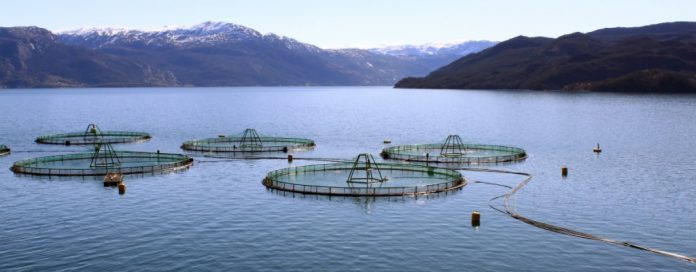Norwegian salmon biomass, the volume of salmon contained in marine farm cages, is increasing in size and weight.
At the end of the main feeding season, the third quarter, Norway’s marine farm cages held 605,000 tonnes of salmon. This is seven percent more than at the same time last year, according to calculations from the Norwegian Seafood Federation’s (NSF) Akvafakta.
More feed to the fish
The growth in biomass is a function of increased feeding levels combined with low slaughter volumes. Feed sales rose by six percent in June, while slaughter and export volume increased marginally by two percent from June 2016.
Late summer and early autumn are the best times of the year to feed fish – driven by warm temperatures and favourable light conditions. Growth in the sea is proving to be good this year.
Shortage
In the case of trout, the supply situation is rather different from that of the salmon.
Trout biomass, export and feeding are still lagging a long way behind last year – the main reason for trout fetching considerably higher market prices than salmon.
According to Statistics Norway (SSB) and the Norwegian Seafood Council, fresh trout with head on achieved an export price of NOK 73.78 (€7,90) per kilo (delivered to the Norwegian border) last week. That’s a whopping NOK 8.37 (€0,90) per kilo higher than for salmon.


